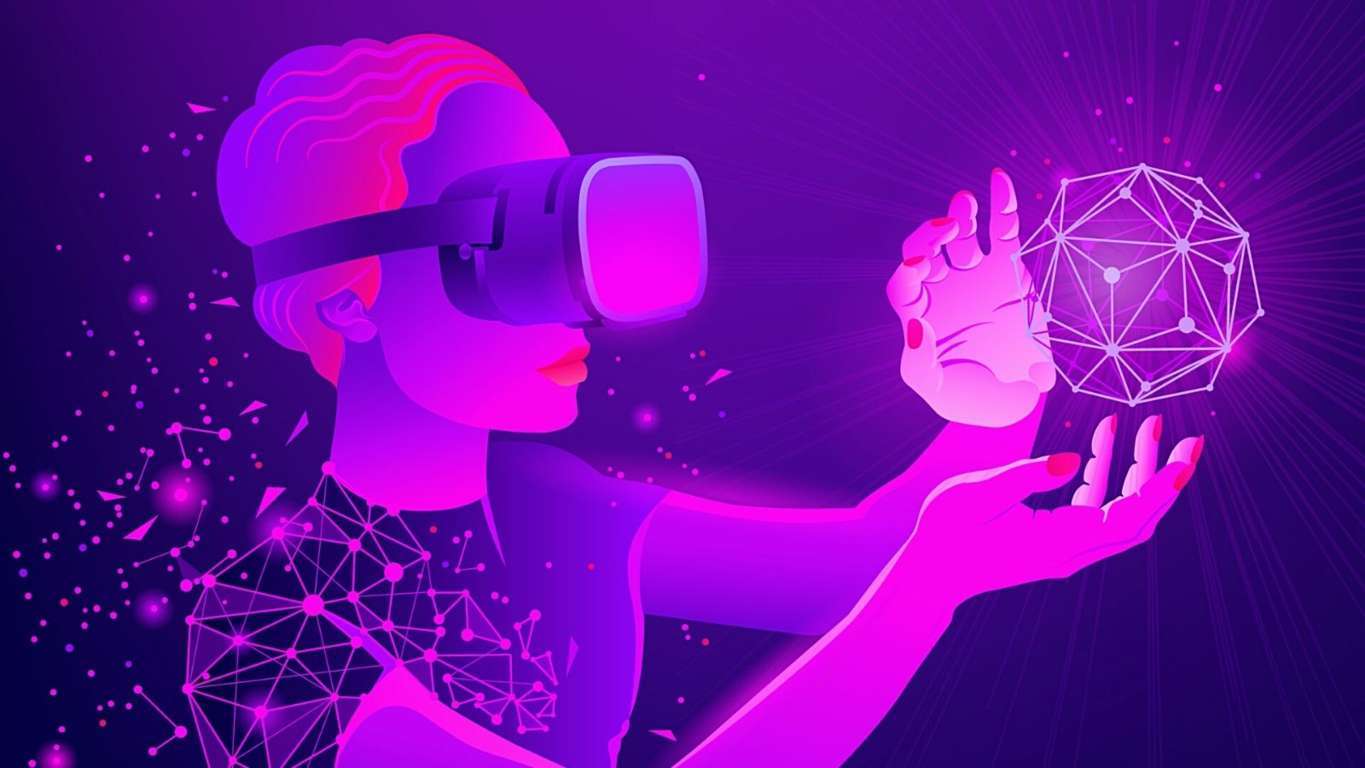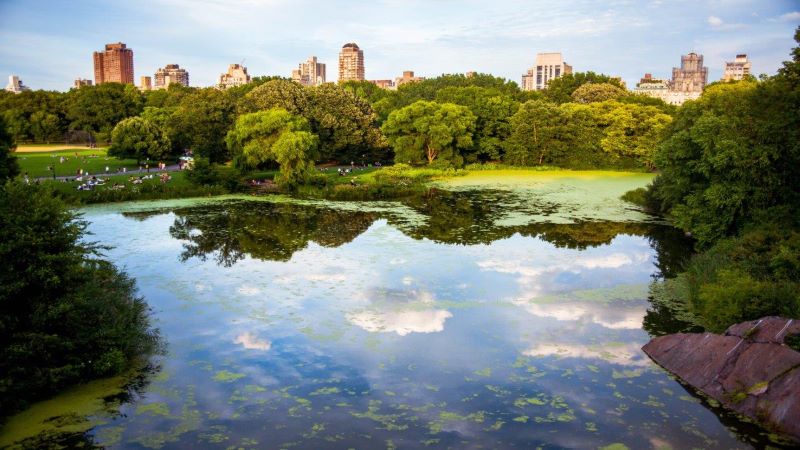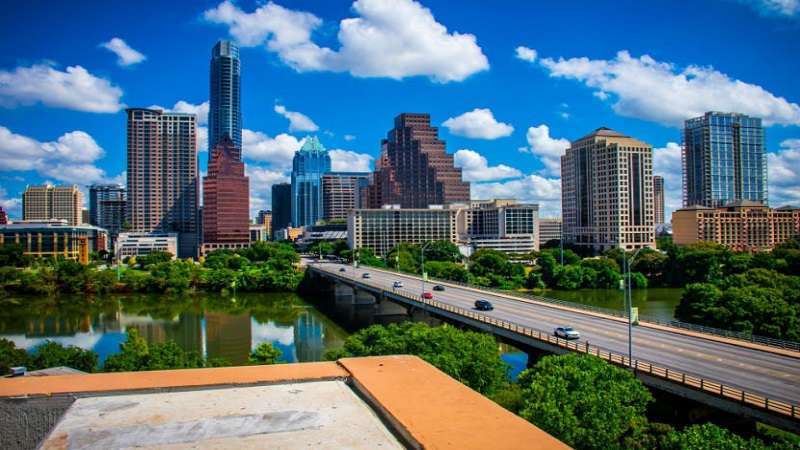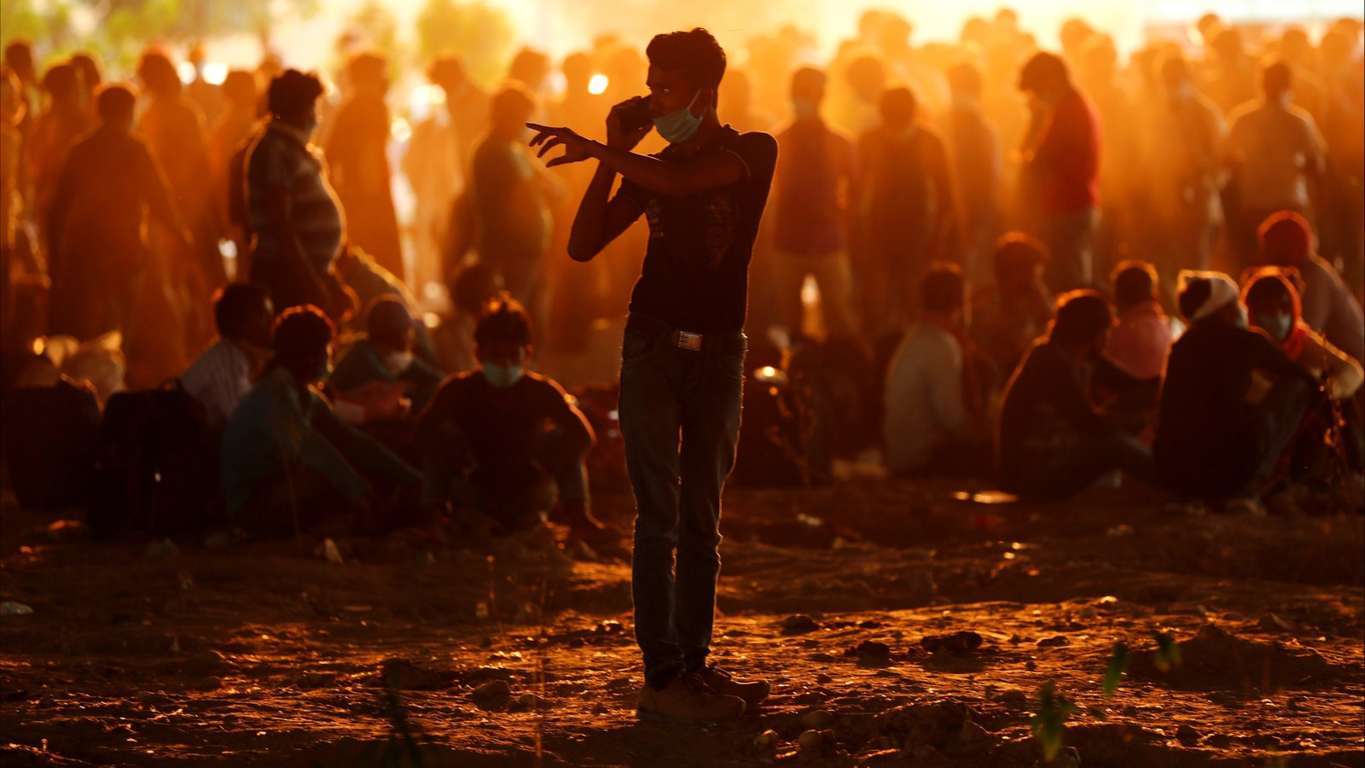SMART CITIES
An urban area that uses different types of
electronic data collection sensors to supply information which is used to manage assets and resource
efficiently. The term smart city was coined towards the end of the 20th
century. A smart city can be defined as smart when investment in human and
social capital, traditional and modern (ICT) communication infrastructure,
fuel, sustainable economic development and a high quality of life with a wise
management of natural resources through participatory actions and engagements.
Smart city offers sustainability in terms of economic activities and employment
opportunities to wide section of its residents, regardless of their level of
educations, skills or income levels. Smart city components are as follows,
1) Smart Mobility
2) Smart People
3) Smart economy
4) Smart Environment
5) smart Government
6) Smart Living
The Government of
India
launched National Smart Cities Mission an urban renewal and retrofitting program with the mission to
develop smart cities across the
country, making them citizen friendly and sustainable. The Union Ministry
of Urban Development is responsible for implementing the mission in
collaboration with the state governments of the respective cities. The mission
initially included 100 cities, with the deadline for completion of the projects
set between 2019 and 2023. On 7 September 2019, the 10,000-acre Aurangabad
Industrial City (AURIC) in Aurangabad, Maharashtra was inaugurated as the first greenfield industrial
smart city of India. Smart Cities Mission
envisions developing an area within the cities in the country as model areas
based on an area development plan, which is expected to have a rub-off effect
on other parts of the city, and nearby cities and towns. Cities will be
selected based on the Smart Cities challenge, where cities will compete in a
countrywide competition to obtain the benefits from this mission. As of January
2018, 99 cities have been selected to be upgraded as part of the Smart Cities
Mission after they defeated other cities in the challenge. The Ministry of
Urban Development (MoUD) program used a competition-based
method as a means for selecting cities for funding, based on an area-based
development strategy. Cities competed at the state level with other cities
within the state. The Dholera Special Investment Region (DSIR) a
biggest greenfield smarty city is proposed as a major new industrial hub to be
located about 100 kilometres (km) south of Ahmedabad and 130 km from Gandhinagar within the Saurashtra peninsula. The site covers an area of about 920 sq.km
of land bordering the Gulf of Khambhat. The DSIR is the first investment region to be
designated under the proposed Delhi–Mumbai Industrial Corridor Project (DMIC), a joint
Indian and Japanese initiative to create a linear zone of development along a
Dedicated Freight Corridor (DFC) railway line. The Dholera Smart City aims at
the creation of an economically and socially balanced, new age City with world
class infrastructure and high quality of life. Adoption of a sustainable
approach across key components such as transportation, waste recycling, overall
urban form and resource efficiency form the cornerstones of this Plan. The land use is allocated based upon twelve spatial
planning principles as follows,
·
Creation
of a compact city;
·
Integration
of land uses;
·
Accessibility
of industrial zones;
·
Focus of
the city internally away from the central expressway, which will only have
limited access;
·
Separation
of industrial and city traffic;
·
Provision
for a high quality public transport system;
·
Development
of a poly-centric structure that has a number of commercial and community
nodes;
·
Integration
of existing villages into the new city;
·
Conservation
of the better agricultural land;
·
Protection
of the CRZ;
·
Development
of a strong landscape strategy; and
·
A phased
development programme that allows optimised investment.
The smart city can
be green field or brown field. There is need to adopt the smart technology and
solutions in integration of land uses to upgrade the citizens and increase the
standard of living and quality of life. Smart Cities improve urban planning and the
environment. More and better green areas, peripheral areas, etc. Automatic and
efficient management of urban infrastructures. Improved energy savings, energy
efficiency improvements etc. Improvement in mobility and urban parking
management, to improve traffic and reduce parking times, reduce queues and
waiting times at municipal offices and health centres, etc. The possible smart
solutions and technology can be adopted in order to make cities more smart and
citizens smarter with innovation and upgradation in technology as follows,
1) One monitoring a web
portal features: which serves all drivers and vehicles in country. Citizens can
access traffic information collected from surveillance, cameras installed on
roads and taxi vehicles using GPS. Provides information where road work in progress, traffic images
of major highways, traffic news, travel time calculator, road maps, street
direction and parking information. Parking guidance system which will provide
real time information on parking availability, information can be displayed on
electronic board or online on one monitoring portal or on mobile applications.
Express monitoring and advisory system, vehicle recovery system: In this system
land transport authority will be using cameras to took out for road accidents.
On detection of an incident land transport authority can activate vehicle
recovery which can reach site in few minutes. Smart live electronic device
displaying the real time of vehicle and this system can be used to alter the
driver if violating speed. Need to adopt strong policy curtailing car
ownerships as on effort to reduce the no. of vehicles.
2) Need to set up web
based electronic police centre which will be provide information like crimes
record, unsafe areas, helpline numbers, file police reports online.
3) Install smart waste
bins, with monitor attached on bins can collet information on content and
location. The information can be transmitted to a garbage team through a
central server. The waste collection team can optimise their route planning
with information provided by sensors.
4) Adoption of four tap
strategies which talks about improvement of water catchment of reservoirs,
recycling of water, rain water harvesting and desalination. Mobile apps
available to view and pay water bills online.
5) Smart sensors embedded
inside household appliances, smart lighting system in office buildings,
installation of smart meters with a display system displaying real tie
information on electricity and water consumption.
The
planners need to focus creating such smart city models in order to achieve the
goal ‘Housing for all by 2022’ and fulfil the requirement of infrastructure,
employment etc. Planners also need to focus on achieving the components of
smart city like smart governance, smart mobility, smart living, smart
environment etc. This is only possible with active public participation and
raising awareness about the smart cities. We need smart people
to create smart cities. Smart cities need also to focus on achieving five
pillars of Atmanirbhar Bharat Abhiyan (India’s Self-reliant program) like an
economy that takes quantum jumps and not incremental change, infrastructure
should be world class and fulfil the identity of India which is synonymous with
modern India, a system that is based on technology driven arrangements
fulfilling the dreams of the 21st Century not the policy of past
century, a vibrant demography which is the source of energy for a self-reliant
India and demand, whereby the strength
of our demand supply should be utilized to full capacity. This
would be possible only by following this India’s development mantra “Sabka
Saath Sabka Vikas” (Collective Effort, Inclusive Development).
Jai
Hind!
Together We Will
Grow, Together We Will Build
Related Articles

Virtual Reality in Urban Planning

'To Be or Not To Be' - The question our rivers are asking

LOW CARBON CITY

CREATING POPULATION DENSITY MAP



